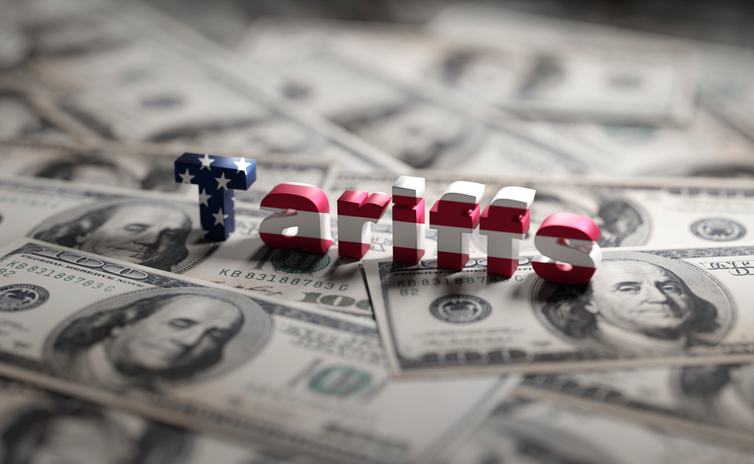Southeast Asian nations reeled on Thursday as they were hit with some of President Donald Trump’s heftiest tariffs, which now threaten the economies that have benefited from investment since he imposed levies on China during his first term.
Vietnam, slapped with 46% tariffs, said it would set up a task force and Thailand’s prime minister said she would pursue negotiations to try to reduce the 37% rate her country faces – far greater than the 11% it had expected.
Both countries are heavy exporters to the U.S., having gained from the so-called China+1 strategy, whereby manufacturers, seeking to escape tariffs on China, shifted some of their Chinese production to nearby countries in the region.
“We have to negotiate and get into details,” Thai Prime Minister Paetongtarn Shinawatra said. “We can’t let it get to where we miss our GDP target.”
Six of the nine Southeast Asian countries listed by Trump were slapped with much bigger-than-expected tariffs of between 32% and 49%. By comparison, the level for the European Union was 20%, Japan’s was 24% and India’s 27%.
So far, none of the Southeast Asian nations have spoken of retaliatory tariffs.
Vietnam, where companies like Apple, Nike and Samsung Electronics have large manufacturing operations, appears particularly exposed. Its exports to the United States were worth $142 billion last year, nearly 30% of its gross domestic product.
Vietnam’s benchmark stock index slid 6.7%, on course for its biggest one-day drop since January 2021 while its currency, the dong, lost 0.7% to hit an all-time low.
Prime Minister Pham Minh Chinh ordered up a task force to address the situation after an urgent cabinet meeting early on Thursday, state media said. He noted the country’s 8% growth target for this year remained unchanged.
“Vietnam’s export-driven growth model has been highly successful, attracting multinational companies … However, a 46% U.S. tariff would directly challenge this model,” said Leif Schneider, head of international law firm Luther in Vietnam.
ING estimates that the tariffs put 5.5% of Vietnam’s gross domestic product at risk.
Vietnam made a number of recent concessions to Washington to avoid tariffs, including cutting duties and a pledge to import more U.S. goods, and is likely to offer more in the coming days.
“I expect negotiations to continue on ways to reduce or mitigate the impact of any new tariffs,” said Adam Sitkoff, executive director of the American Chamber of Commerce in Hanoi.
HOPING FOR TALKS
Thai Commerce Minister Pichai Naripthaphan said his government was prepared for negotiations and had high hopes they would go well, citing Thailand’s good relations with the U.S.
Thailand is hoping for 3% growth this year. It has lagged regional peers, growing 2.5% last year, held back by soaring household debt.
The country’s stock index, already having taken a battering this year due to its weak economy and last week’s earthquake, slipped 1.1% while the baht fell to a one-month low. ING estimates the tariffs put 3% of the country’s GDP at risk.
Malaysia, which was dealt a rate of 24%, announced it would not seek retaliatory tariffs and it said the trade ministry would be actively engaging with U.S. authorities “to seek solutions that will uphold the spirit of free and fair trade.”
Cambodia is facing tariffs of 49% that will hurt its garment and footwear industries and promise to crush hopes that it could attract investment relocating from other countries in the region.
It is a “very, very serious situation for the economy,” said a Cambodia-based investment consultant who declined to be identified.
There is “nothing that Cambodia can offer as a negotiating tool, and will be at the back of a very long queue,” he added.
(Reuters)




















